
Trapping fur-bearing animals on Unimak Island became very intensive as soon as furs were commercialized during the Aleut/Russian period and this continued during the Aleut/American period until the early 1940's, when the fur market crashed after the Great Depression. Before the arrival of the Russians, the indigenous Aleuts used furs extensively for subsistence purposes. Once trapping became commercialized, the income from trapping provided many village households with their primary source of income. Please see the individual village pages on this website for more information. The Russian American Company controlled the entire fur market after 1799 and until the Americans appeared on the scene in 1867. Then, the Alaska Commercial Company took over their operations and kept the trading posts at Morzhovoi, Sanak and Belkofski open. These stations were closed shortly after the sea otter period ended before 1910. Then, trappers chose their own methods for marketing their furs since the fur industry was already well established all over the U.S. and there were many companies buying furs directly from the trappers.
The intensive exploitation of fur-bearing animals led the U.S. Congress in 1925 to create the Alaska Game Commission.5 The commission issued licenses for fox farms and also issued licenses for specific trapping areas on Unimak Island. In this way, virtually all of the good trapping areas on Unimak Island were allocated to specific trappers. All the trappers knew the ownership of the cabins and arrangements were made amongst themselves as to whom could use them. Travel to the trapping areas depended upon their location. Dories were usually used to travel by sea if the trapping areas were a long distance from their homes, otherwise they walked. Walking was part of the requirement for trapping and trappers would usually walk many miles in a day. The trap lines were set up in such a way that a cabin could always be reached by nightfall.3
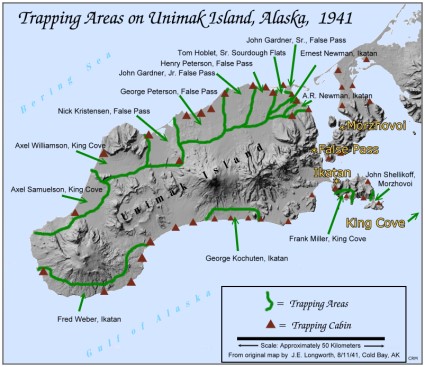
The above map shows that the trapping areas were allocated to residents from several communities in the Unimak area. Five of the trappers from False Pass had the best trapping areas on the north side of the island. Four trappers came from Ikatan, three from King Cove, one from Morzhovoi village and one from Sourdough Flats (just south of False Pass).
Click on map to see larger version.
The Fur Trade during the Russian and early American Period:
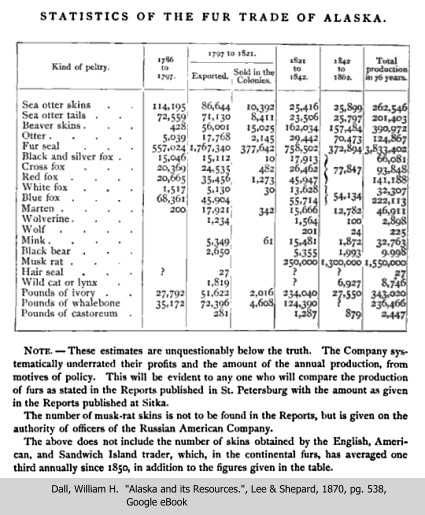
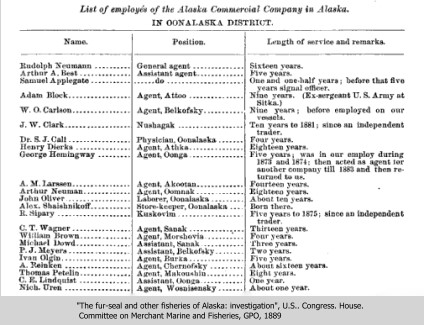
In 1890, the U.S. Census reported that: "At Unalaska, the most important seaport of the district, the permanent improvement and wharfage facilities are in the hands of 2 private firms, the Alaska Commercial Company, located at the main village, and the North American Commercial Company, whose establishment is situated half a mile to the northward, at the Dutch Harbor, on Amaknak Island. A number of frame cottages at Unalaska, inhabited by government officials and native sea-otter hunters, are also owned by the first-named firm.
The Unalaska district contains in its eastern section a class of settlements peculiar to itself. The white sea-otter hunters who cruise in their small schooners over these waters have built for themselves hunting stations on many of the solitary rocks and reefs frequented by the sea otter.6
There were many trapping cabins scattered around the False Pass area during the height of the trapping era. The map on the right shows the ones that could be remembered by two ol' timers in False Pass in 1984. Click here to see the list of cabins that match the numbers on the map. Some of these cabins were used only when the trapper was running his trap line. Others were used as the primary residence of the trapper. The cabins that are still standing today 1, 8 & 44.
The local trappers especially targeted foxes because of the market and because foxes far out numbered any other fur bearing animal in the area. However, some of these trappers also sought bear, wolverine, wolf, mink and land otter pelts.
The local trappers occupied their out-lying cabins only during the cold winter months when the pelts were in their prime. During the off months, some trappers worked as commercial salmon fishermen and some worked in the cannery. In the early years, before the salmon cannery was built in False Pass in 1919, some local trappers salted cod or salted salmon for an income. The salted salmon was put up in barrels and shipped to Bunson & Davis in Seattle.1
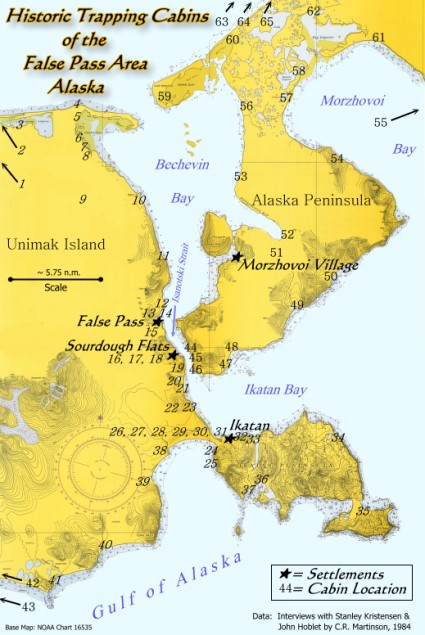
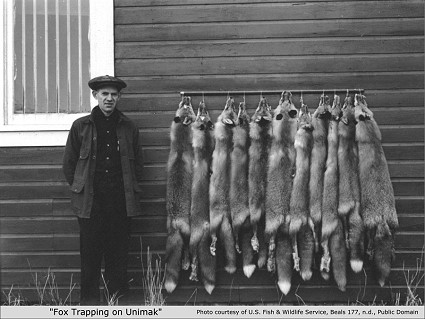
Foxes in the Aleutians: There were native red and cross foxes on Unimak Island and on the Alaska Peninsula. But, foxes were introduced in other places and on smaller islands. Several small islands in the Unimak Area were used for raising blue (arctic) foxes. No local study is yet available, but Caton and Long Island in the Sanak Islands had fox farms on them.
"All of the Aleutian Islands west of Umnak Island, and most islands in the Alexander Archipelago, in the Gulf of Alaska, and south of the Alaska Peninsula were devoid of foxes until introductions were made by Europeans. In the late 1700's following exploration of the Aleutian Island chain and Alaska's discovery by Vitus Bering, Russian, and later, North American fur traders introduced foxes to nearly all of these islands in order to expand their fur trapping base. They expected the foxes to use seabirds as a food resource, and the foxes obliged. The fur trade grew rapidly in the 19th century, and became so important that in 1882 the U.S. Secretary of the Treasury began leasing Alaskan Islands for the purpose of fur farming. By 1922, over 150 islands were leased for fox farming. Fur prices dropped during the Depression of the 1930's, and never recovered, so fox fur farming was abandoned shortly after World War II."2
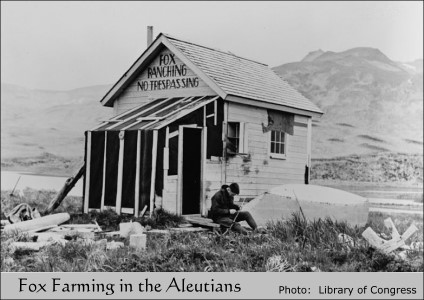
Trapping and hunting cabins in the Unimak area evolved over time from the sod-covered barabara to more modern above-ground wooden cabins, as seen in the photographs below. Cabins were located in favorable places that provided a good landing beach and a fresh water supply, all around Unimak Island and the lower Alaska Peninsula. Since all land was property of the U.S. government and since trapping was encouraged, trappers could build cabins essentially wherever they wished. The Rosenberg barabara was visited in about 1907 by a traveler who wrote an article for The Outing Magazine about it. The article describes the barabara and Rosenberg's trapping operations and it can be read here.
Travel to the outlying cabins was sometimes done on foot. carrying a Trapper Nelson pack, but usually dories were used. Dories are extremely sea worthy craft and with their narrow flat bottom, they can be beached easily. Dories were originally all rowed (pulled) or sailed, but over time engines were introduced, starting with small in-board single-cylinder cast-iron engines such as the Clifton or Red Wing 5 HP models. When outboard engines became available, the dory was modified so that the engine could be mounted on the stern with special fins added to the dory bottom to stabilize it.3
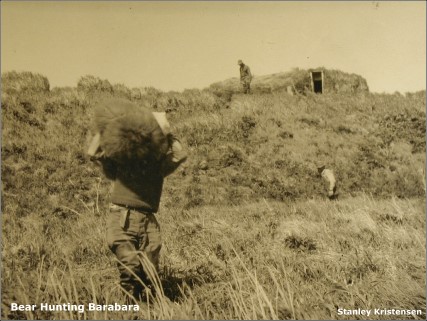
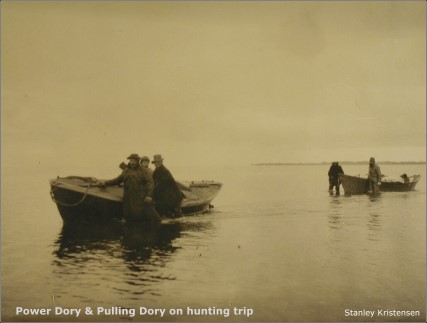
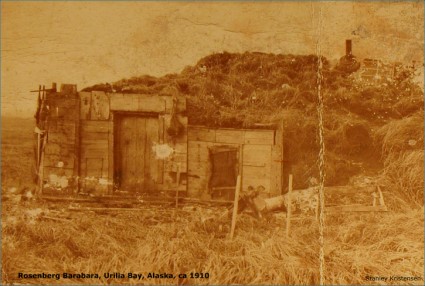
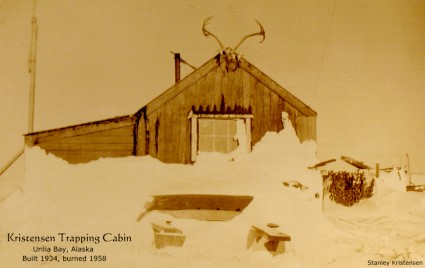
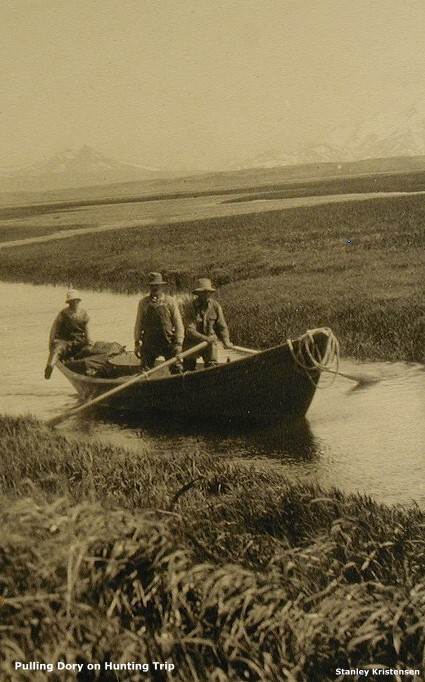
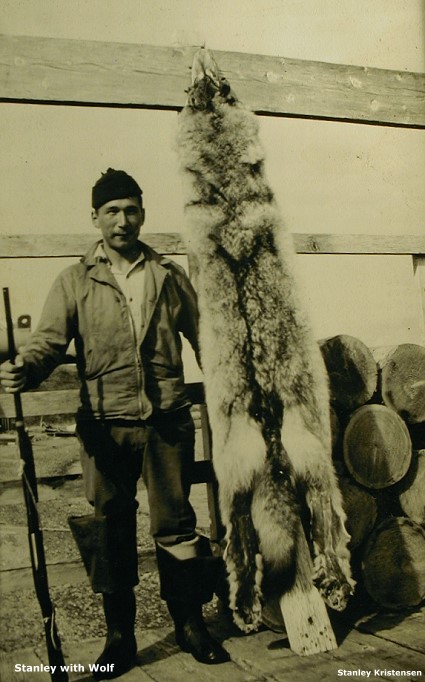
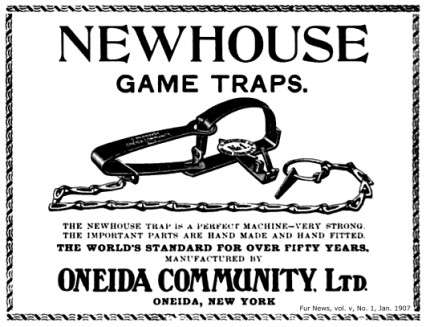
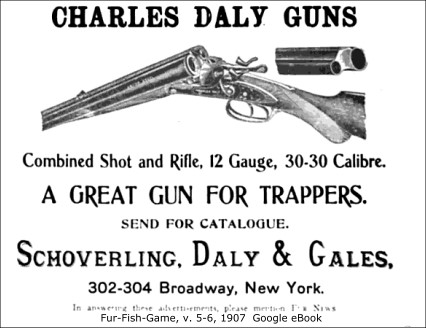
Pelt prices in 1907:
Bear, Brown, Number 1 grade.....$8 to $20
Fox, Cross, Number 1, large........$4.50
Fox, Red, Number 1, large...........$4.50
Otter (land), Number 1, large......$15
Wolf, prime, large, ......................$1.75 to $3.50
Wolverine, prime, large...............$4 to $7.50
House Cat, prime black...............$.20 to $.35
House Cat, Sundry colors...........$.10__________________________________
"RAW FURS. New York is the greatest fur distributing point in the United States. Raw furs are brought here from all parts of the country and from Australia and Alaska to be cold stored to kill the fur insects, taken out, dyed, manufactured and sent out for sale. These furs come from the West by easy and inexpensive stages during the winter, but they always reach New York before the weather gets very warm.—N Y. Sun April 21".4
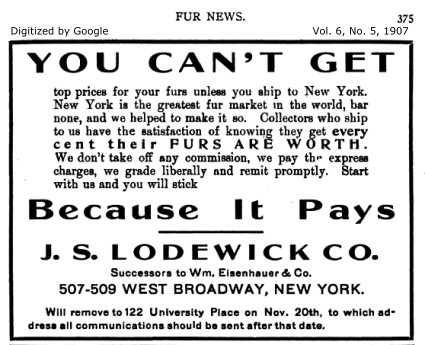
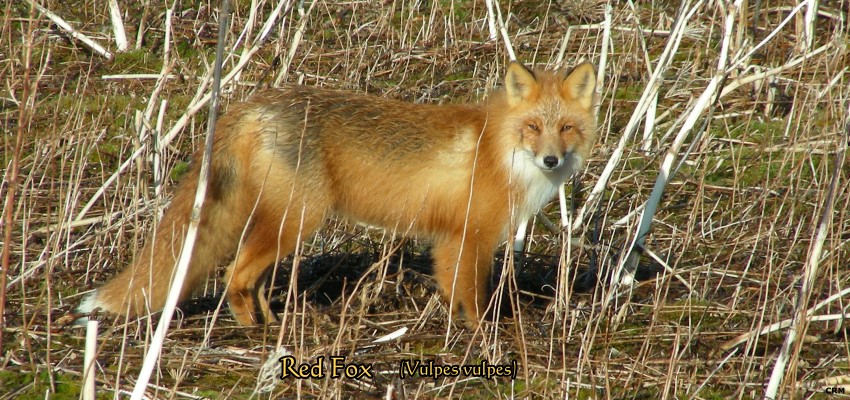
References:
1) Personal Communication with John Hoblet, 1984.
2) Introduction of Foxes to Alaska Islands - History, Effects on Avifauna, and Eradication. Edgar P. Bailey, Fish and Wildlife Service, USDI, Resource Publ. 193, Washington, DC, 1993
3) Personal Communication with John Hoblet & Stanley Kristensen, 1984.
4) Fur News, Vol 5, No. 1, 1907 (Google eBook)
5) http://www.akhistorycourse.org/articles/article.php?artID=170
6) Applegate, Samuel "Population and Resources at the 11th Census, 1890", USGPO, pg. 168 Google eBook